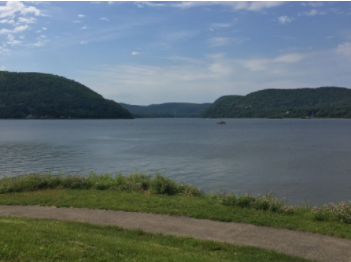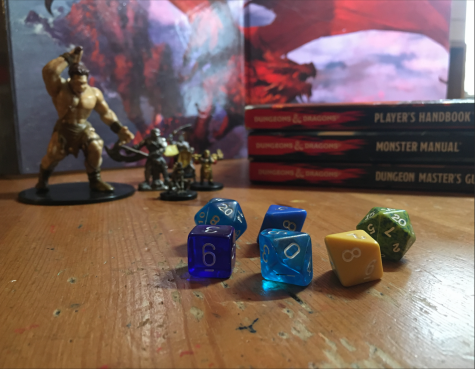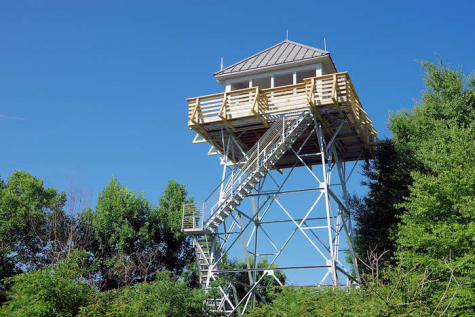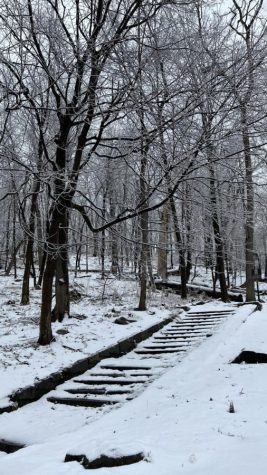Hudson Valley History: The Imps of Dunderberg

This is the first in a series of articles discussing local history in the Hudson Valley. As it is October, we’ll begin with a burst of articles about local creepy folklore. And trust me, there is quite a bit of it.
The Lower Hudson Valley, which begins immediately north of New York City and stretches to at least Newburgh, is a place quite important not only to New York, but to the United States. Not only does it contain a large population, but it was at one time the main trade route of the United States, leading to the Erie Canal in Albany.
Hills rise up alongside the Hudson River, a river named after the first European to sail up its wide waters. Before the Europeans arrived in that area of North America, the Native Americans called it Mahicantuck, meaning “The River that Flows Both Ways.” This comes from the Hudson having tides, a unique trait that most rivers do not have.
The Hudson River, in its 400 years of written history, has bore witness to a great many historical events. Towns and cities have sprung up on its banks, such as Yonkers, Albany, Kingston, Newburgh, Poughkeepsie, and, of most fame, New York City. Peekskill lies on the banks of the Hudson River itself, its existence once entirely reliant on the river.
Dunderberg lies across the river from Peekskill. If one stands at the waterfront, looking westward across the river, they see three mountains. In the middle stands Bear Mountain, the most famous of the three. To the right rises Manitou Mountain, sometimes mistaken for Anthony’s Nose (that is a little North of Manitou Mountain), and to the left, the closest mountain to Peekskill, is Dunderberg (sometimes spelled Donderberg). It is a Dutch word that means “Thunder Mountain”.
Other than possessing thunder (however one may do so), many years ago, people believed that in the forests upon the mountain, there lurked a group of fae-like imps.
The Dutch sailors of the time of the New Netherland colony in this area (1614-1674), as well as the time after, supposedly feared the southern entrance of the Hudson Highlands, where Dunderberg lies. The winds were dangerous for ships heading through the area. The reason why? The Imps of Dunderberg.
These Imps (sometimes called goblins), were the ever present “Hidden People” commonly seen in folklore, now applied to the Americans. The European versions were humanoid with a few differences. They were generally tricksters, but not in a wholesome way. They would play nasty tricks on people, such as the decades-long sleep in “Rip Van Winkle.” They were not ones to mess with.
These Imps were headed by the Heer of Dunderberg. When a ship went through Peekskill Bay, one had to do several things to make sure that the Heer would not doom their ships to the depths. One could tip their hat towards Dunderberg, or tie a horseshoe on the mast.
The Heer’s domain was said to stretch from Polopel Island (also known as Bannerman’s Island), an island between Cold Spring and Beacon. While in his domain, one had the chance of seeing the “Storm Ship,” a ghostly ship crewed by an army of Imps.
There is a problem with what is said to be a commonly held superstition: there’s only one written account. That account comes from Washington Irving, who wrote the Legend of Sleepy Hollow. Washington Irving was known to make up stories and paint them as true folklore in his attempt to make an American culture in the early 1800s.
So while this folkloric anecdote is definitely interesting, it is likely that it was not commonly held, if at all.
Either way, when you look out over the Hudson from Peekskill, keep in mind what some believed lurked in those hills.
Sources
Legends and Lore of the Hudson Highlands by Jonathan Kruk
“The Heer of Dunderberg” internationalghostsandhauntings.blogspot.com










